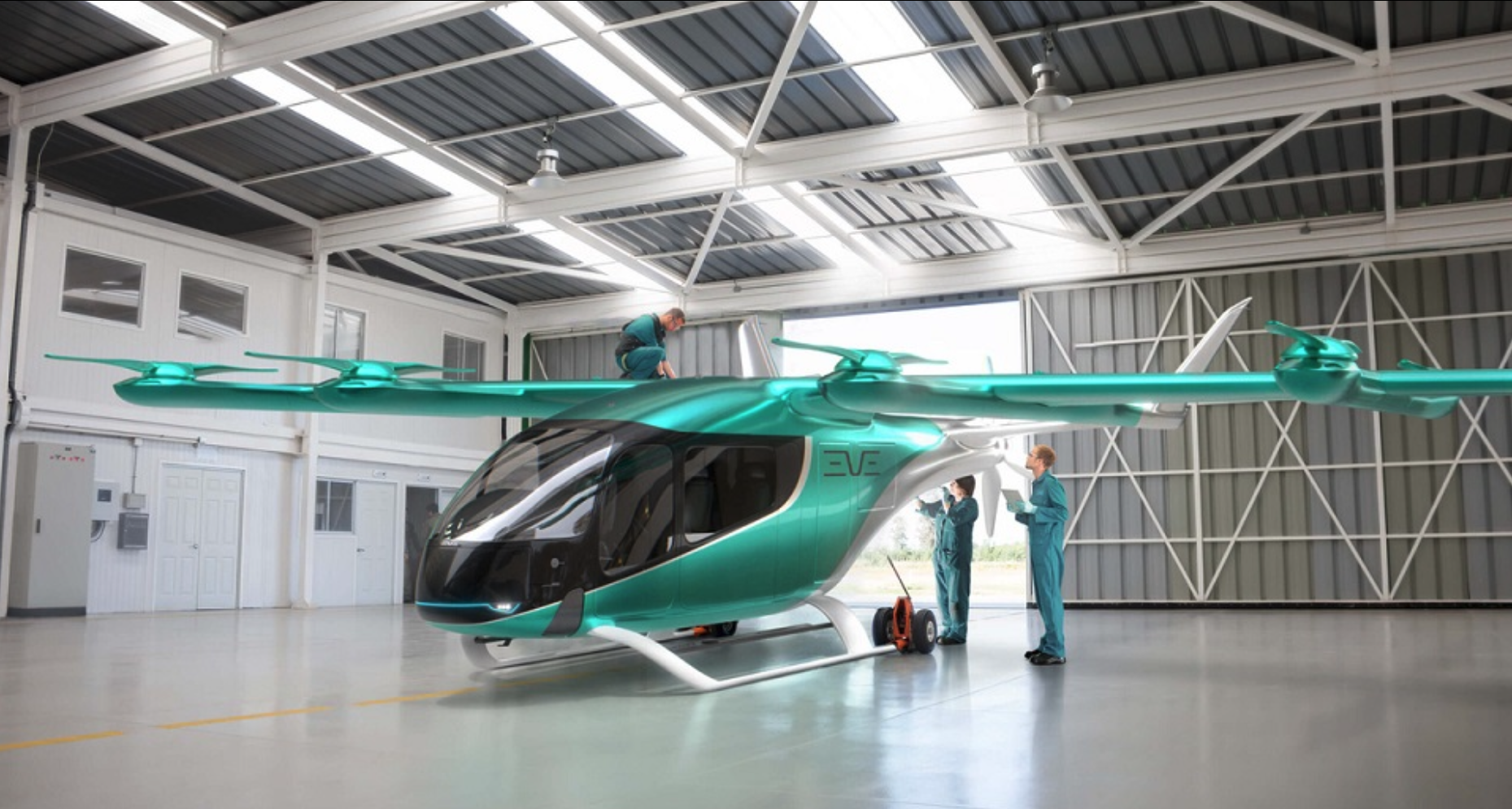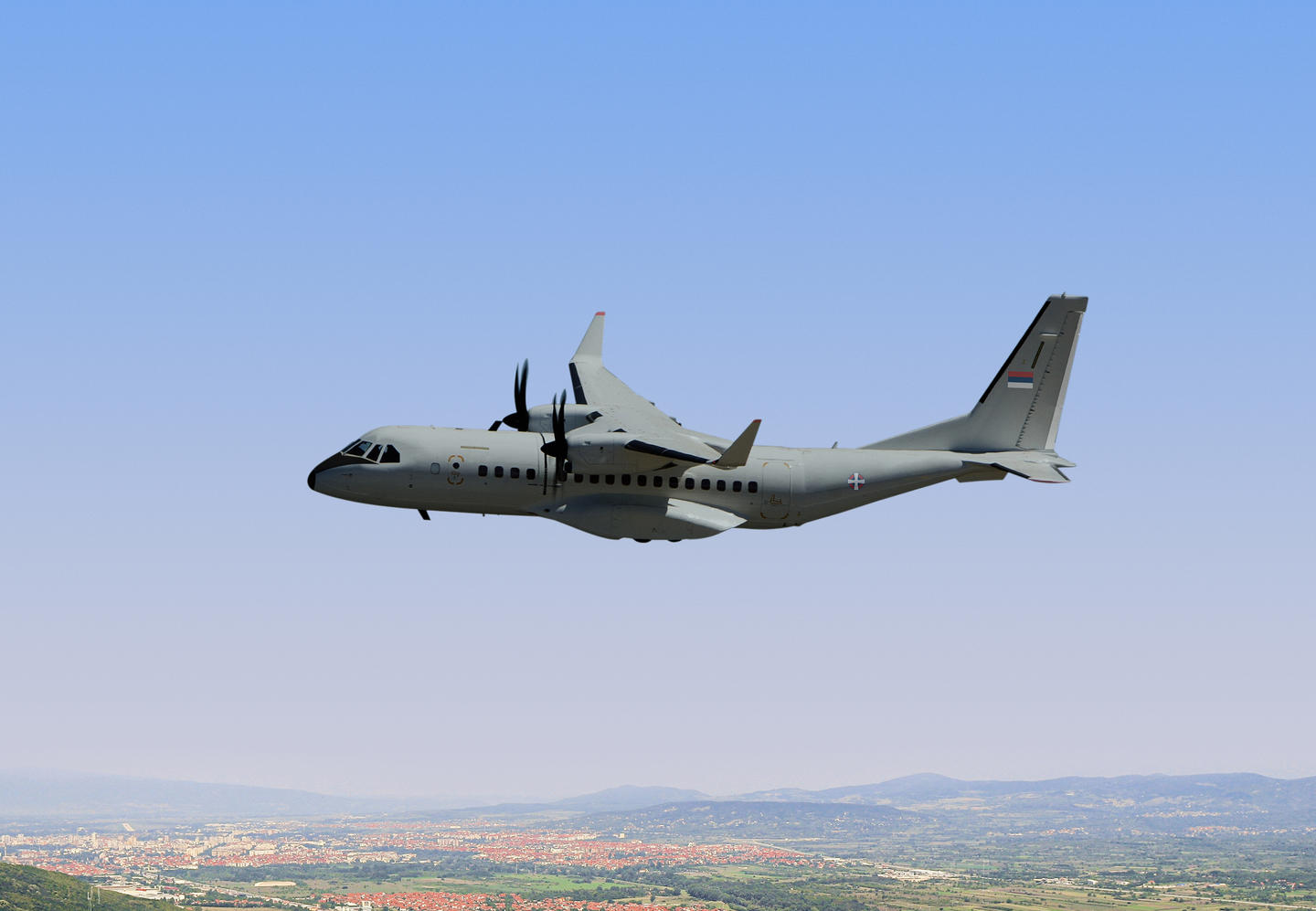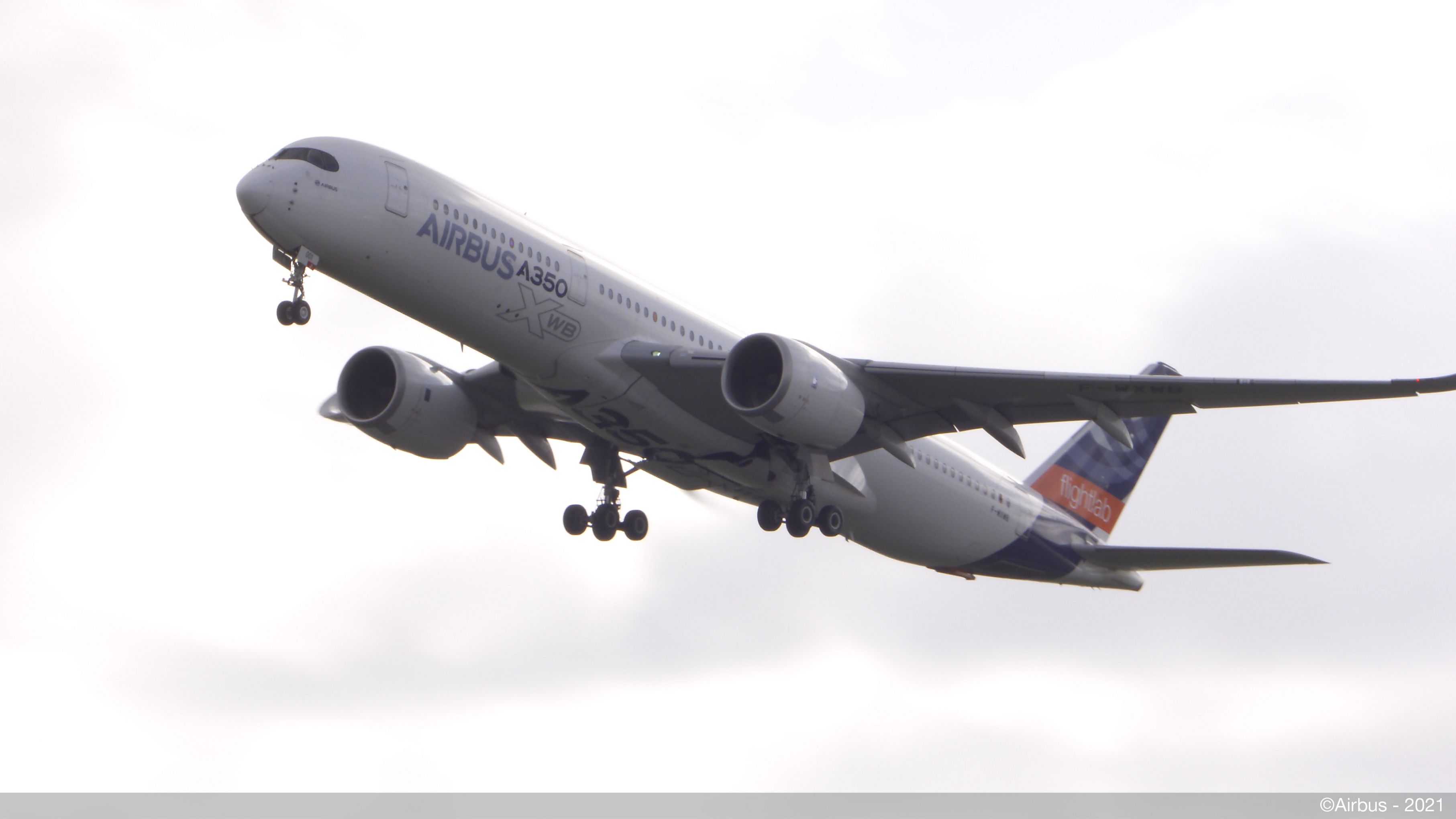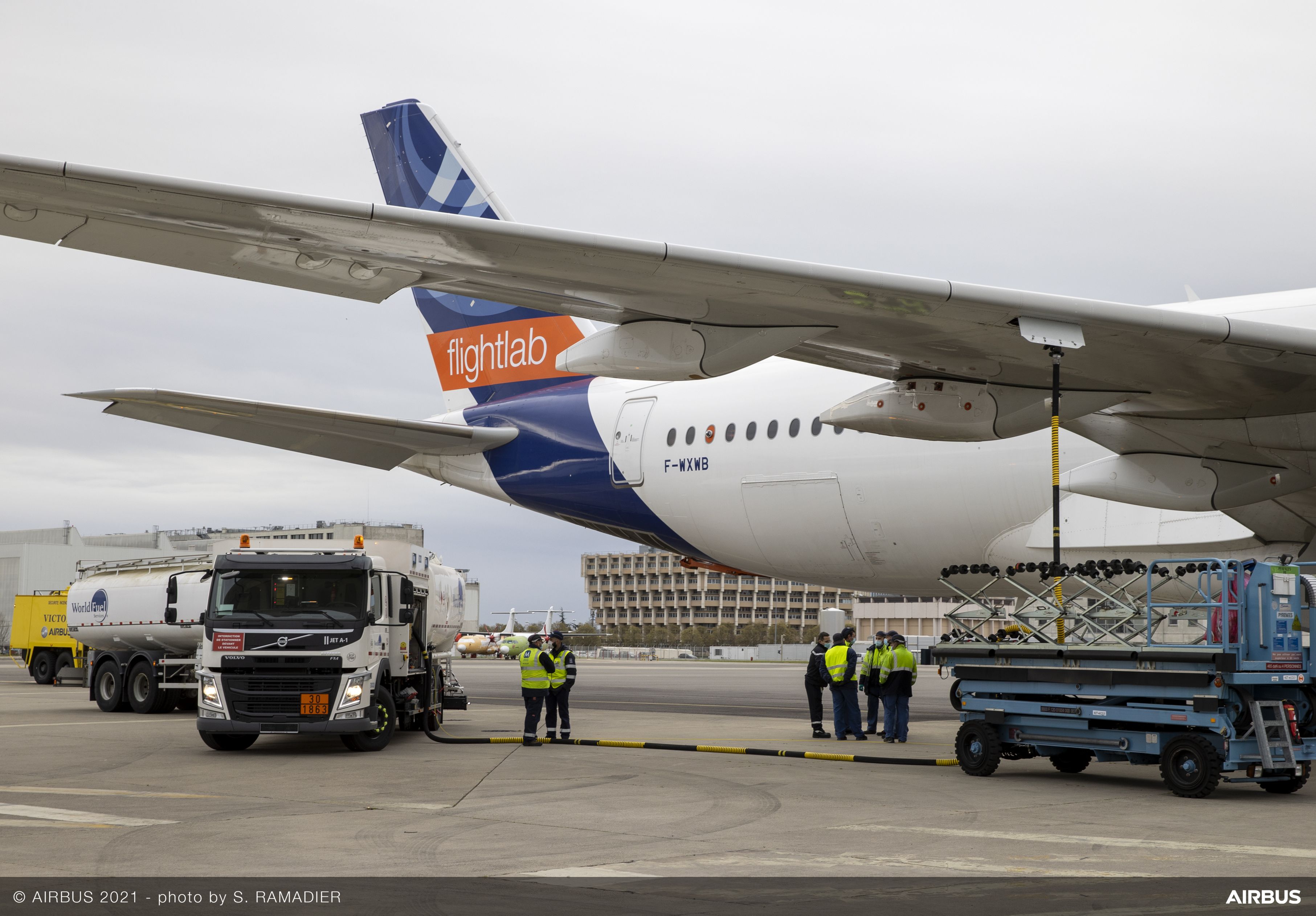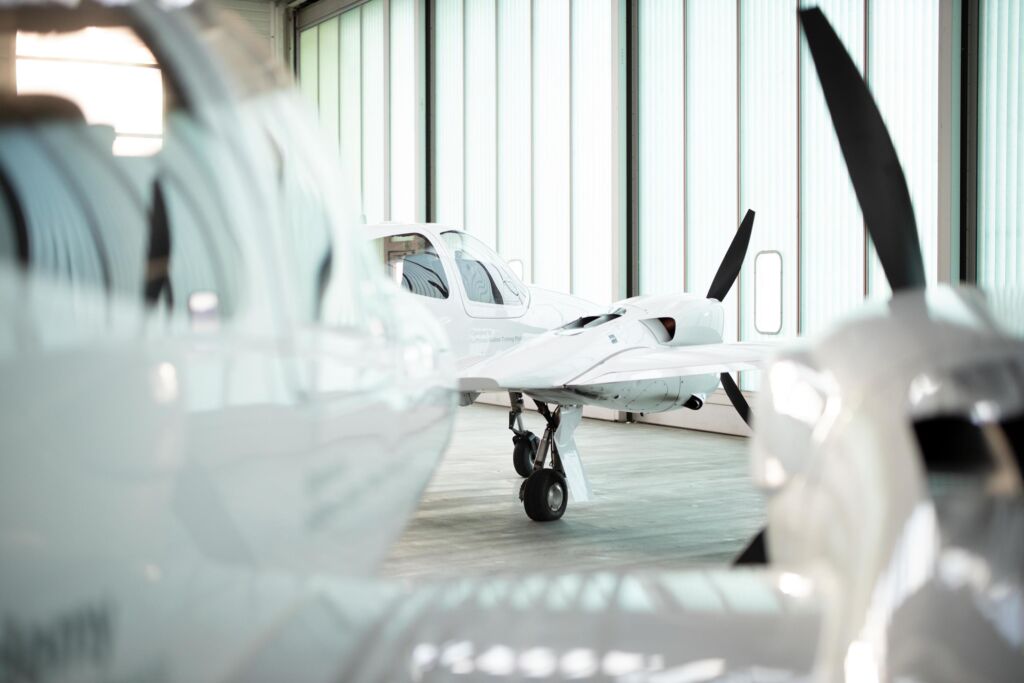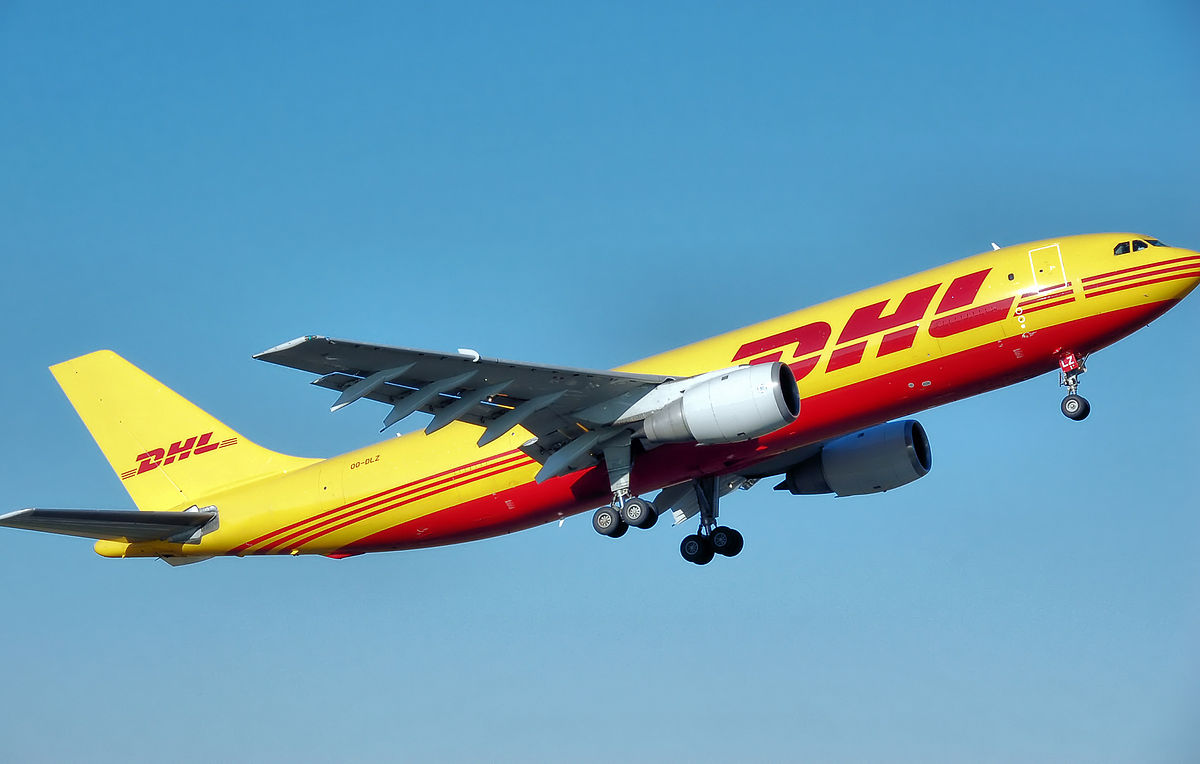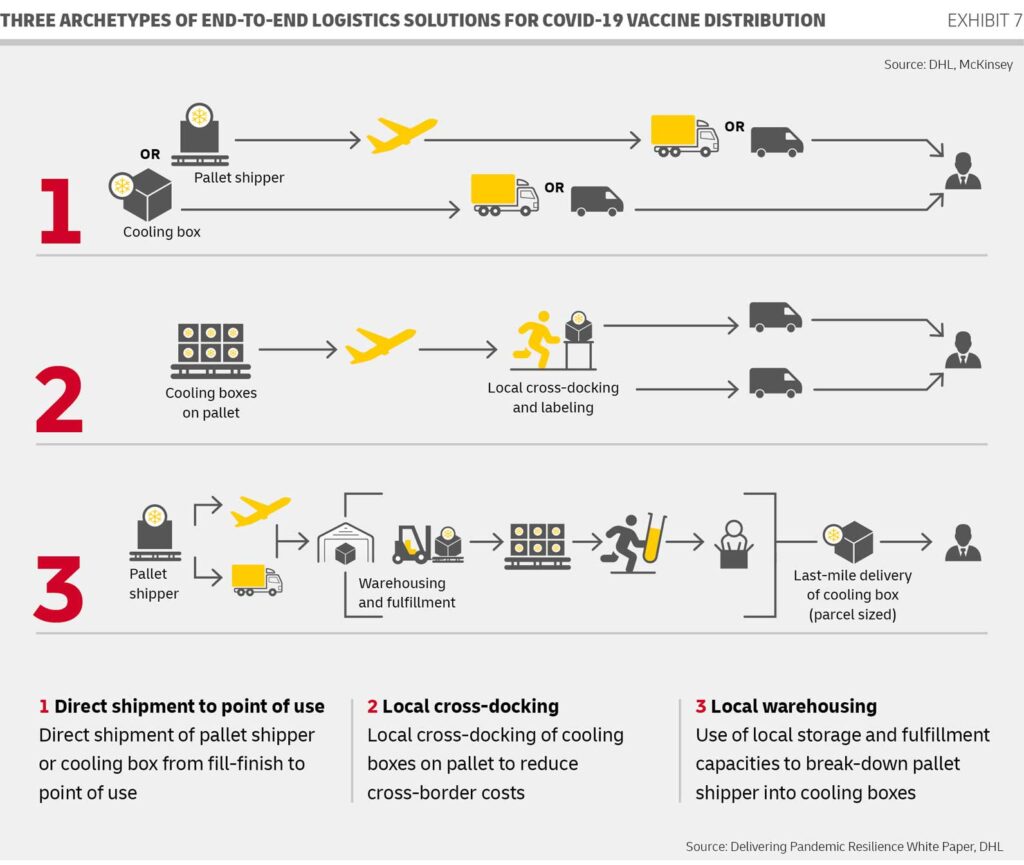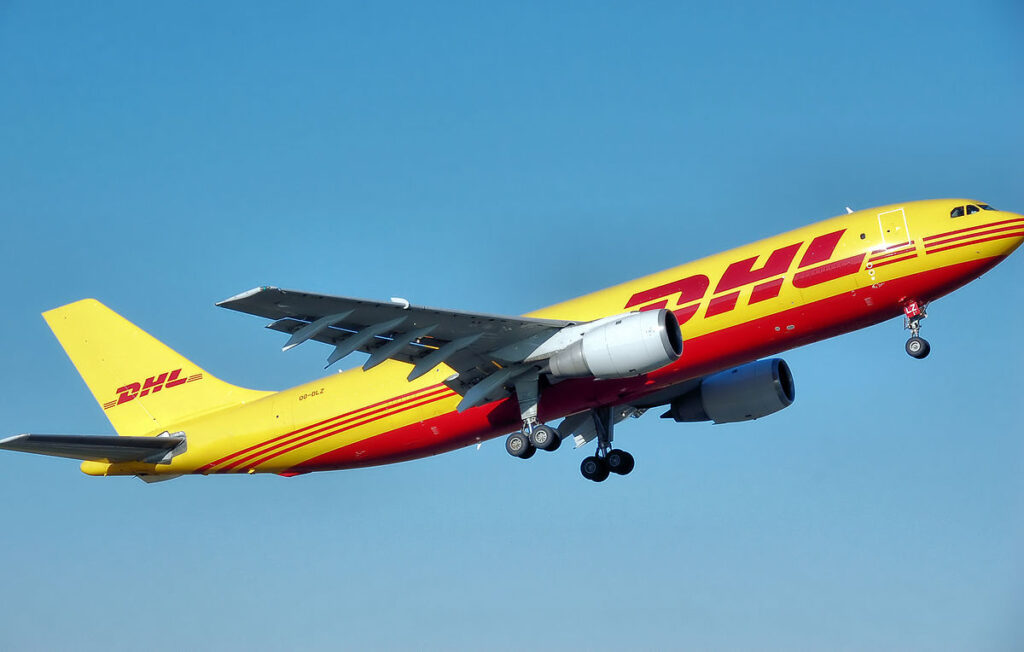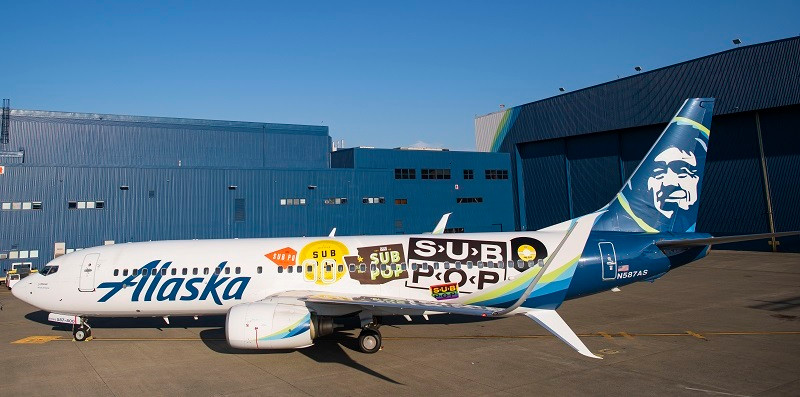Melbourne, Florida – August 9, 2023 – Eve Air Mobility (NYSE: EVEX) and DHL Supply Chain, a global leader in warehousing and distribution, announced today the signature of a Memorandum of Understanding (MoU) to conduct a study of key demands and supply chain characteristics for Eve’s electric vertical take-off and landing aircraft (eVTOL) operation. The primary goal of the partnership is to explore and understand best practices for supplying operators and service centers with spare parts and inputs, with an emphasis on batteries and the specific requirements concerning transport, storage and disposal of those devices. Other aspects reviewed will include modes of transportation, frequency, and delivery plan, required logistics partners, potential locations for advanced inventories, physical and technological infrastructure requirements and contingency plans.
The logistics study from Eve and DHL will encompass the distribution of parts and materials required for repairs and maintenance. Another crucial aspect to be considered is battery logistics, which holds significant importance in this business model. In this regard, DHL’s expertise in handling batteries from various industries will be leveraged. The companies will also evaluate supply chain management for general supplies to vertiports, optimizing the business processes.
Continuing to achieve significant milestones in the development of its eVTOL and agnostic solutions for the market ecosystem, Eve holds the largest backlog in the Urban Air Mobility (UAM) industry, with up to 2,850 aircraft. Among its accomplishments are the creation of a distinctive Urban Air Traffic Management (Urban ATM) software and the establishment of a comprehensive network of services and operational solutions. The first eVTOL deliveries and entry into service are expected as early as 2026.
